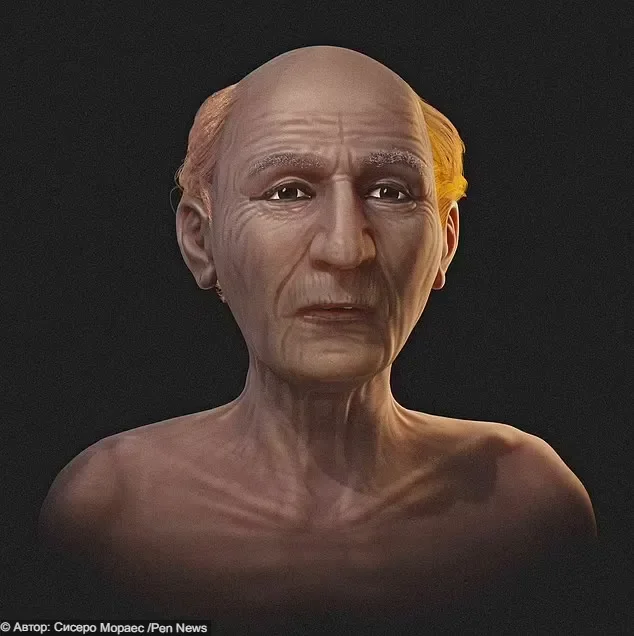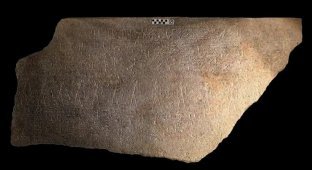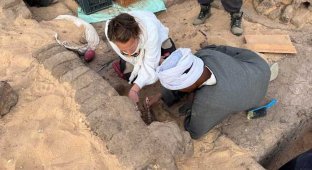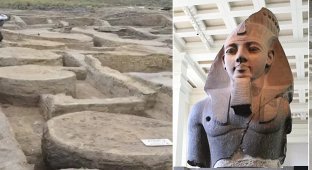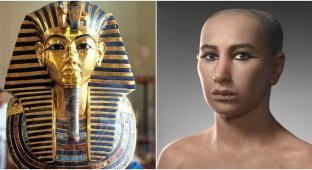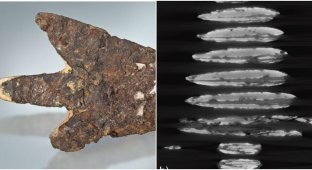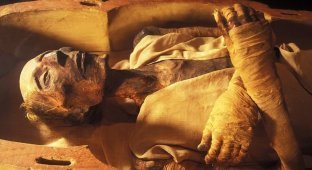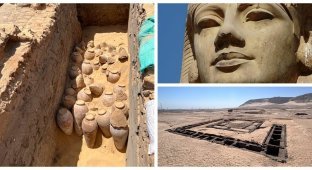A 3,000-year-old sword associated with a biblical pharaoh was found in Egypt (9 photos)
Archaeologists have made a surprising discovery in Egypt, finding an ancient sword believed to be linked to the legendary Pharaoh Ramesses II. The bronze blade, estimated to be around 3,000 years old, has markings that point to it being the work of this powerful ruler of Ancient Egypt. 
Many scholars have speculated that Ramesses could have been the same Pharaoh who enslaved the Israelites (as described in the Book of Exodus). According to legend, Moses freed a group of Israelites from the pharaoh's rule, then parted the Red Sea and led the Israelites to the Promised Land.
The sword was discovered among the ruins of an ancient military fort in Khush Eissa, a city located south of Alexandria. The fort housed barracks for soldiers and warehouses for food, weapons, and other goods. 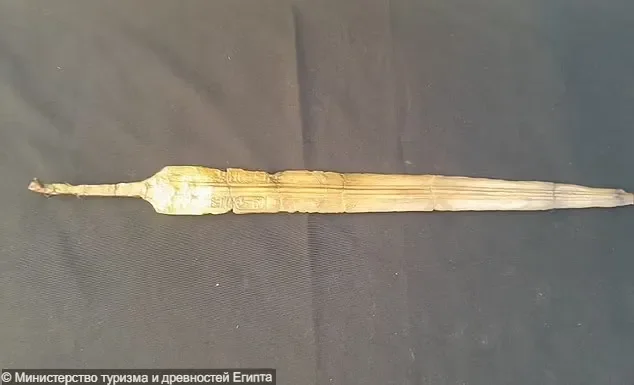
Ramesses II, who reigned from 1279 to 1213 BCE, was known for his military might and strategic genius, leading an army of about 100,000 men. However, experts believe that the sword most likely belonged not to the pharaoh himself, but to one of his generals.
"The fact that it has the cartouches of Ramses II suggests to me that it belonged to someone of relatively high rank," says Elizabeth Froude, an Egyptologist at Oxford University. "Being able to display such an object, even if it was supposedly in a sheath, was a sign of status and prestige." 
The sword was found at a site called Tell Al-Abqain, which served as a border outpost protecting Egypt's northwestern borders from potential invasions by Libyan tribes and the Sea Peoples. The Sea Peoples, a group of aggressive seafarers, were defeated by Ramses III in 1178 BC when they attempted to invade the country.
Archaeologists from Egypt's Ministry of Tourism and Antiquities also discovered a trove of treasures, including jewelry, scarabs, and protective amulets.
“In addition to the barracks, numerous artefacts and personal items belonging to soldiers were found,” the tourism ministry added. “They provide insight into the daily life, religious beliefs and inhabitants of the fort.” 
A pair of limestone blocks were also found, one inscribed with the titles of King Ramses II and the other belonging to an official named Bey. 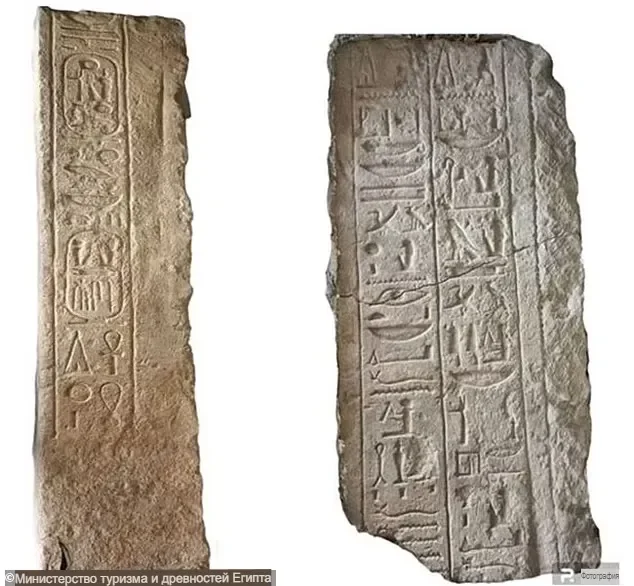
Ramesses was known to his successors as the "Great Ancestor" for leading several military expeditions and expanding the Egyptian Empire from Syria in the east to Nubia in the south. His most famous battle was the Battle of Kadesh, fought in 1247 BCE against the Hittites in what is now Syria. Ramesses personally led a charge through the Hittite ranks with some 20,000 soldiers.
But what made this battle famous was that it was one of the world's largest chariot battles, leading to the first recorded peace treaty after the battle ended in a stalemate. 
Details of the Battle of Kadesh have been found engraved on ancient stones, but it has been suggested that Ramses is also mentioned in the Book of Exodus. Although there is no clear indication in the Bible, scholars cite Exodus 1:11 in their arguments. The passage reads: “So they set slave masters over themselves to oppress them with forced labor, and they built Pithom and Ramesses as storage cities for the pharaoh.” 
Ramesses has intrigued scientists ever since his body was discovered in 1881 in a secret royal cache at Deir el-Bahari. And some experts have used modern technology to reconstruct the pharaoh’s face.
In 2022, Sahar Saleem of Cairo University and Caroline Wilkinson of Liverpool John Moores University used a 3D model of Ramses' skull and layered soft tissue and skin onto it to recreate the face of the famous ancient Egyptian ruler. They then reversed the aging process, turning back the clock by almost half a century. 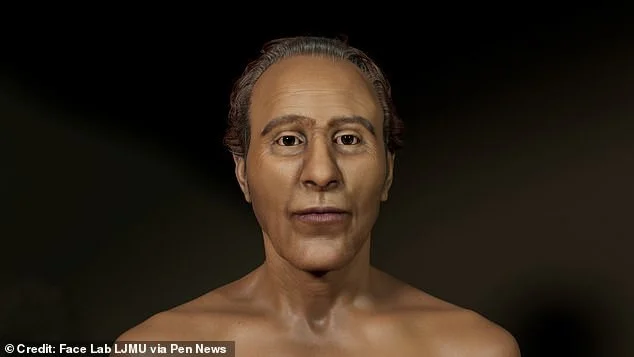
Another facial reconstruction was conducted in June this year by Cicero Moraes, and it showed what Ramesses might have looked like moments before his death. Using the same process as the 2022 study, reconstructionists created the image of a frail, elderly man with a wise face. 